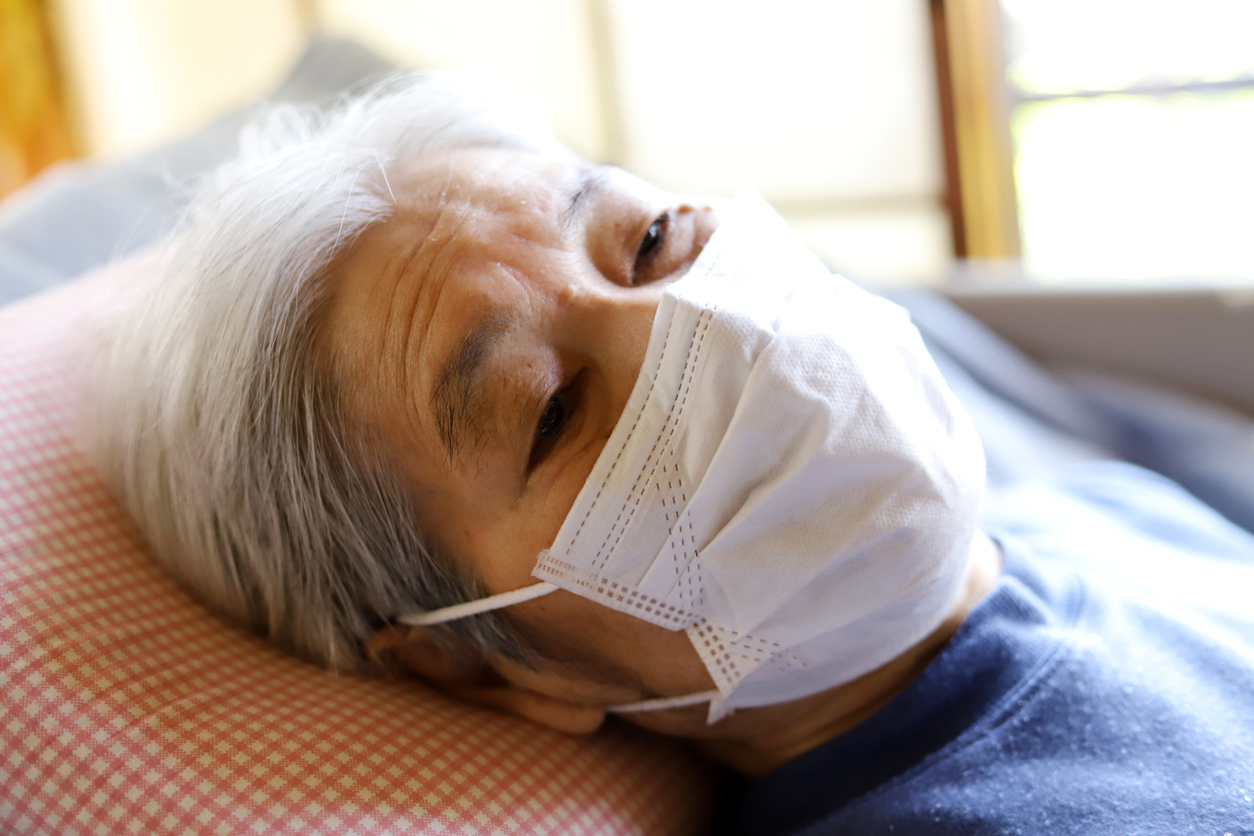The Connecticut Department of Public Health produced an emergency-response plan focused exclusively on hospitals that didn’t meaningfully address long-term-care facilities, according to an interim-report released Tuesday by Mathematica Policy Research, a research firm. That plan also incorrectly assumed that there would be sufficient personal-protection equipment, such as masks and gowns, available and that only noninfected staff would work in health-care facilities.
Health officials relied on a monitoring system in which outbreak reports from nursing homes were faxed in and didn’t create an electronic system that reported daily until early May, the report found. Six out of nine positions in the Office of Public Health Preparedness and Response were vacant in early January and were filled by July, indicating that the Department of Public Health didn’t have sufficient capacity to monitor and manage emergencies at the start of the pandemic, according to the report.
Connecticut Gov. Ned Lamont, a Democrat, ordered the third-party review in June to examine how the state did and what improvements could be made. He defended the state’s response and said the limited scientific knowledge about the new coronavirus during the first months of the pandemic made it challenging to contain the spread of the virus.
“Despite these limitations, Connecticut made some very critical decisions in our response to Covid-19 that saved lives and improved public health,” Mr. Lamont said.
More than 3,000 long-term-care residents have died in Connecticut, representing about three-quarters of all Covid-19 deaths in the state. Connecticut’s death rate for long-term-care residents was the highest in the Northeast, at 91 deaths per 100,000 people, the report said.
In the early days of the pandemic, health officials made decisions based on the available knowledge at the time from national and state epidemiologists and public-health experts, the report said.
But the state was also slow to implement some infection-control changes, the report found. Connecticut ordered all personnel to wear masks in health-care facilities on April 4, one day after federal officials encouraged the general public to wear masks. Neighboring New York ordered a masking order for health-care facilities on March 13.
Acting Department of Public Health Commissioner Deidre Gifford said the state has made progress in terms of testing, inspections, infection control and understanding how the virus spreads.
“Since the first case of Covid-19 in a long-term-care facility in March, we have traveled a long way alongside the nursing homes and their residents,” Dr. Gifford said.
The nursing-home industry also faced challenges before the arrival of the pandemic. About 68% of the state’s nursing homes had been cited for an infection-control deficiency at least once in the previous three years, according to the report. The industry also had high turnover among infection-control staff, resulting in many roles left unfilled or filled with inexperienced staff, the report found.
“We are closely reviewing the interim findings and recommendations and will continue to work in partnership with Connecticut state government as we prepare for the next resurgence of the virus,” said a statement from Connecticut Association of Health Care Facilities/Connecticut Center for Assisted Living and LeadingAge Connecticut, which represent nursing homes.
Mathematica made several recommendations, including regular testing of staff members at nursing homes to ensure they don’t spread the virus, and continuing to help procure and distribute personal-protection equipment to long-term care facilities.













